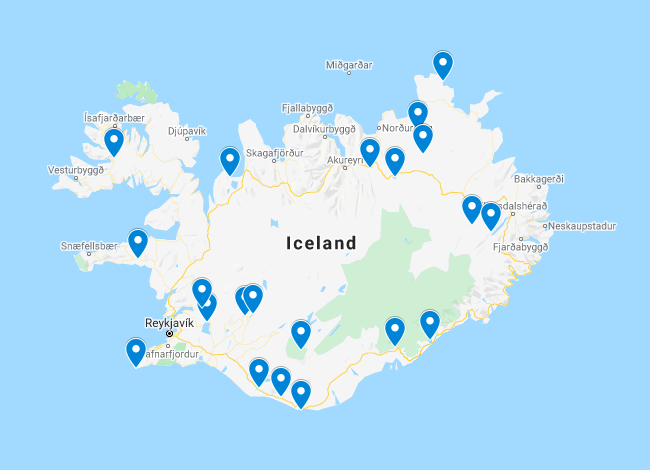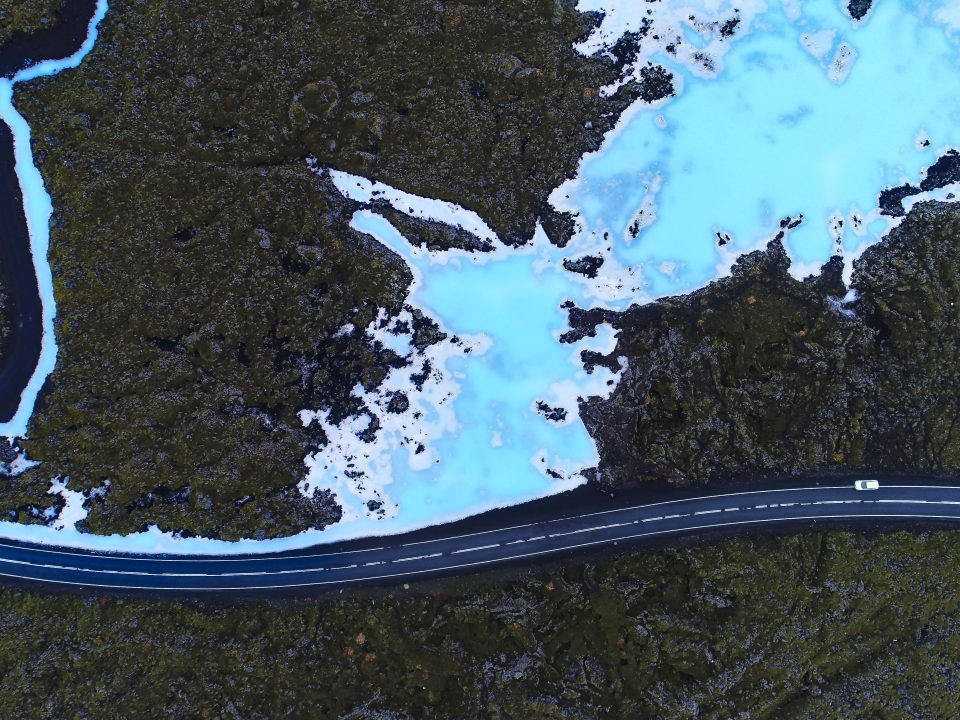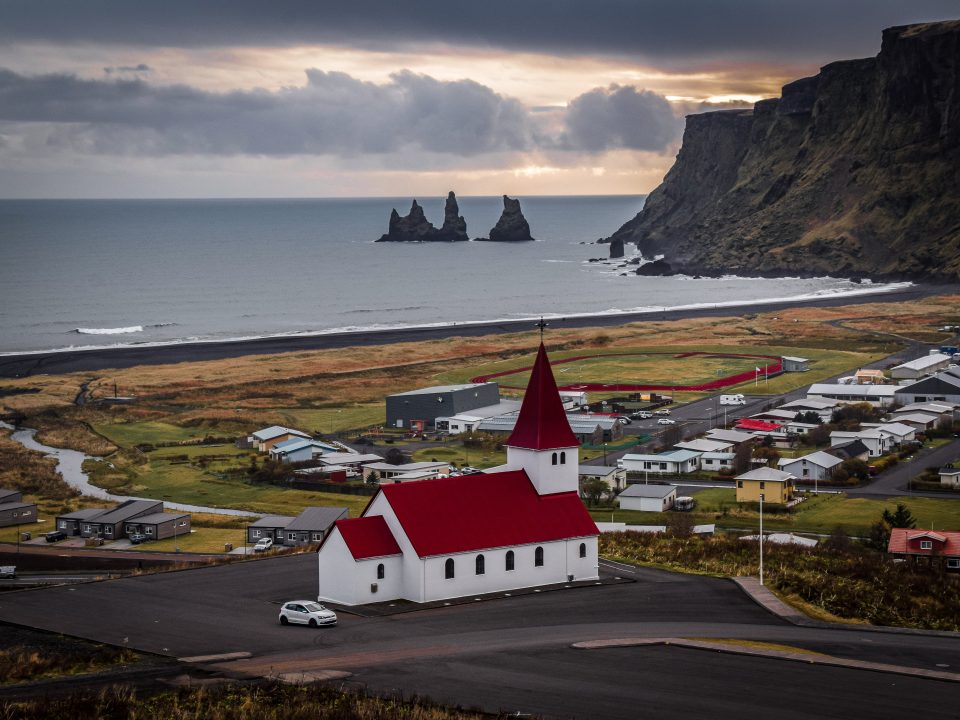TOP 20 ATTRACTIONS IN ICELAND

MIDNIGHT SUN IN ICELAND
May 18, 2021
TOP ACTIVITIES IN ICELAND
June 11, 2021In this article, you can find our selection of the 20 top attractions in Iceland! All around the country, here are the places you should not miss during your trip.
Route 1 is a national road that runs across Iceland. It consists of a total length of 1,322 kilometers. Most of the places in this guide follow Route 1. Others aren’t directly accessible from it but are still easily accessible (except for Landmannalaugar). However, no matter where you want to head during your trip, you will for sure find some jewels to visit in this guide!
1. Snaefellsnes Peninsula
Let’s begin with the Snaefellsnes Peninsula. Located between the Westfjords and the Reykjavík capital, the Snaefellsnes Peninsula is a popular destination in Western Iceland. It is known for its stunning sceneries, and with numerous fascinating natural elements to discover, the area is sure to appeal to all. Uniquely diverse landscapes, fascinating folklore, and food sources make this area a must-see for anyone wanting to experience Iceland. From lava fields and craters to the famous Kirkjufell Mountain, here is a selection of places for you:
Kirkjufell
Kirkjufell is claimed to be the most photographed mountain in the country. It is 463 meters (1519 feet) high and its colours change every season, from the summer greens to winter snow: an amazing landscape all year round! If you are a fan of the TV series Game of Thrones, you might have noticed that this is the Arrowhead mountain.
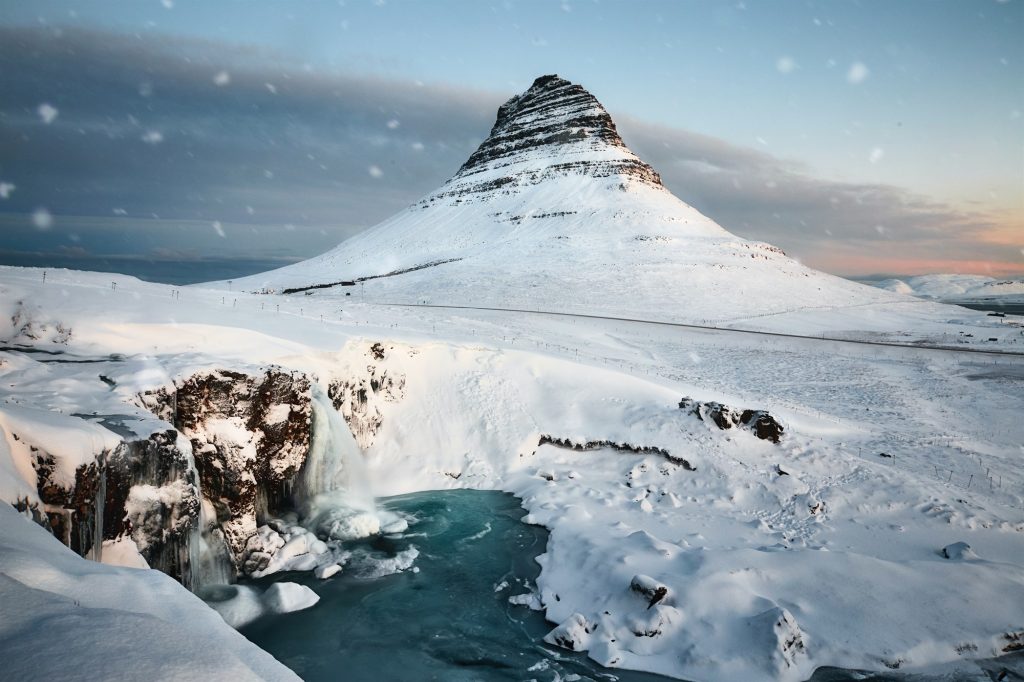
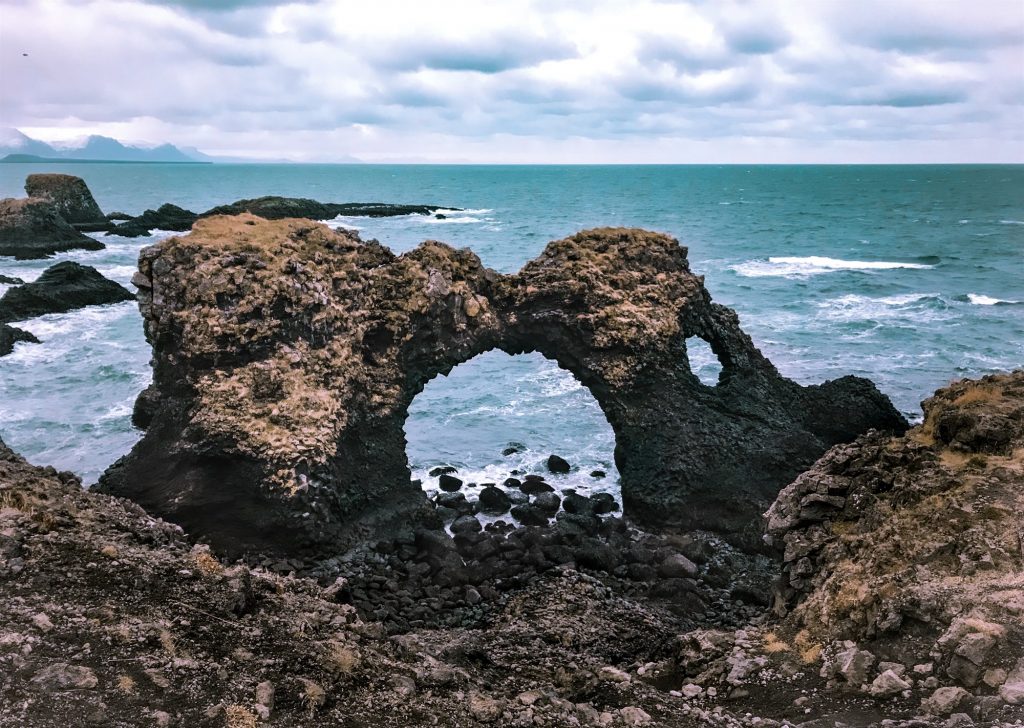
Arnarstapi
Arnarstapi is a small fishing village at the foot of Mount Stapafell. A very interesting old path follows the coastline where you can see old lending places of fishermen, lots of birds, and pass through a lava field. Don’t miss Gatklettur, the Stone bridge or the Bárðar Saga Statue.
Ytri Tunga
Ytri Tunga is a beach by a farm of the same name. Unlike many of the beaches in Iceland that are black-sanded, Ytri Tunga has golden sand. It is one of the most reliable place in Iceland to see seals. The ones that haul out here are Harbour Seals, one of the two common species found in Iceland. The other is the Grey Seal!
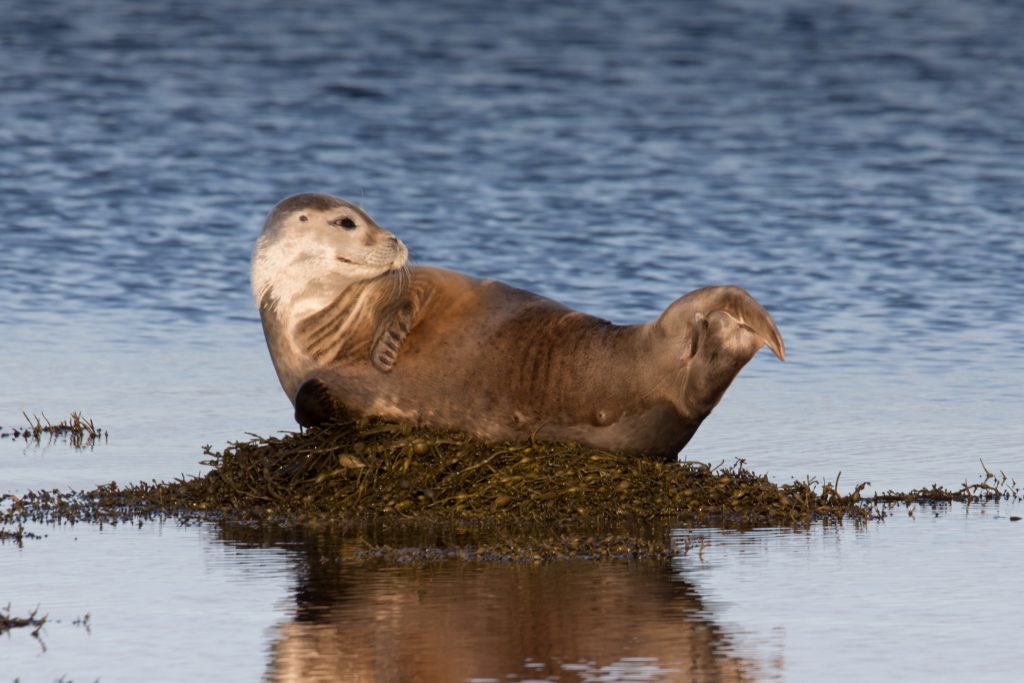
Want to discover the Snaefellsnes Peninsula with us? Check out our tour! Check out our Instagram guide for an image preview of the peninsula!
2. Þingvellir
Þingvellir (you can also write Thingvellir) is a historic site and national park in Iceland, east of Reykjavík, in the heart of the Golden Circle. No place in Iceland exemplifies the history of the country and its people better than this place. Indeed, it is known for the Alþing (Althing), the site of Iceland’s parliament from 930 to 1798. On the site, you will also see the Þingvellir Church and the ruins of old stone shelters. The area is part of a fissure zone running through Iceland, being situated on the tectonic plate boundaries of the Mid-Atlantic Ridge. The faults and fissures of Þingvellir make evident the rifting of the earth’s crust. There, you can also see the famous Öxarárfoss waterfall that flows from the river Öxará over the Almannagjá.
Want to discover Þingvellir and the Golden Circle with us? Check out our tours here & here!
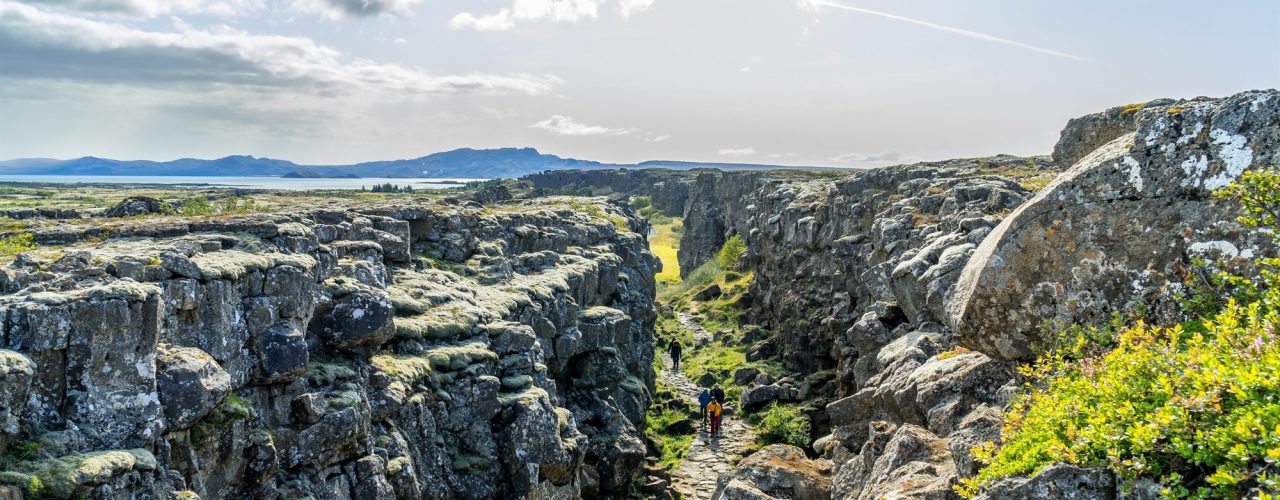
3. Geysir
Geysir, also known as The Great Geysir, is a geyser in southwestern Iceland. Its name comes from the English word geyser but also from the Icelandic verb geysa from Old Norse. It was the first geyser described in a printed source and the first known to modern Europeans. This is Iceland’s most famous and spectacular geyser. It is located in the Haukadalur Valley, along the Golden Circle. Although the Great Geysir has stopped erupting, Strokkur just beside is now Iceland’s most active geyser. Every 4-10 minutes, the water eruption gives a magical show. But how does it work? Snow and rain water that comes from the underground reaches the surface through fractures in the rock. As the water gets closer to the surface, its pressure drops and the water flashes into steam as a geyser. These hot springs have unconstricted plumbing systems.
Want to discover Geysir and the Golden Circle with us? Check out our tours here & here!
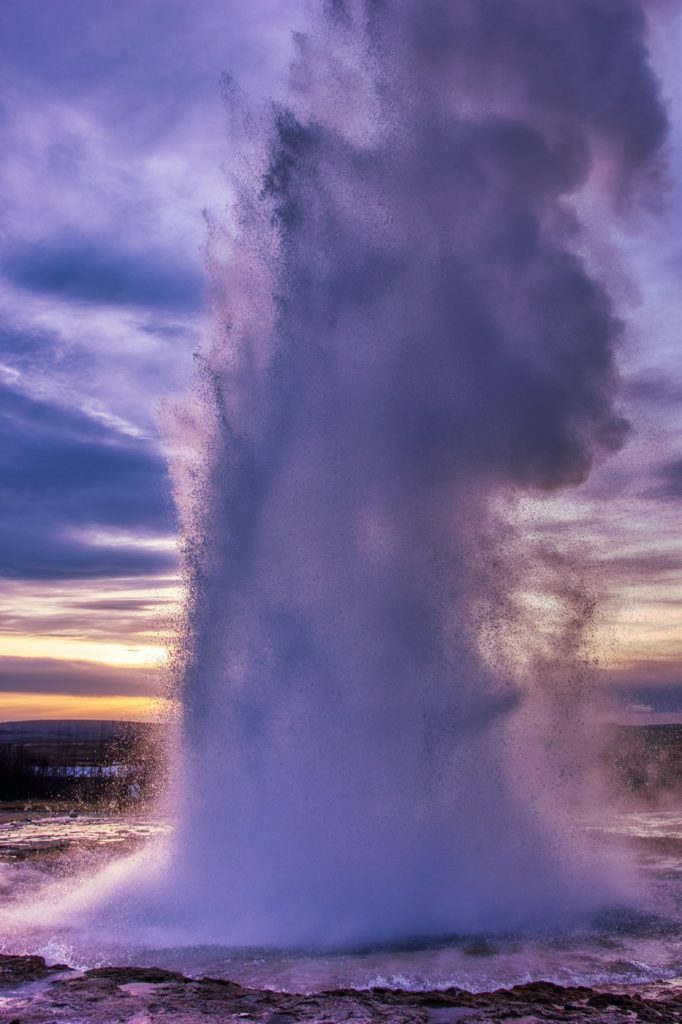
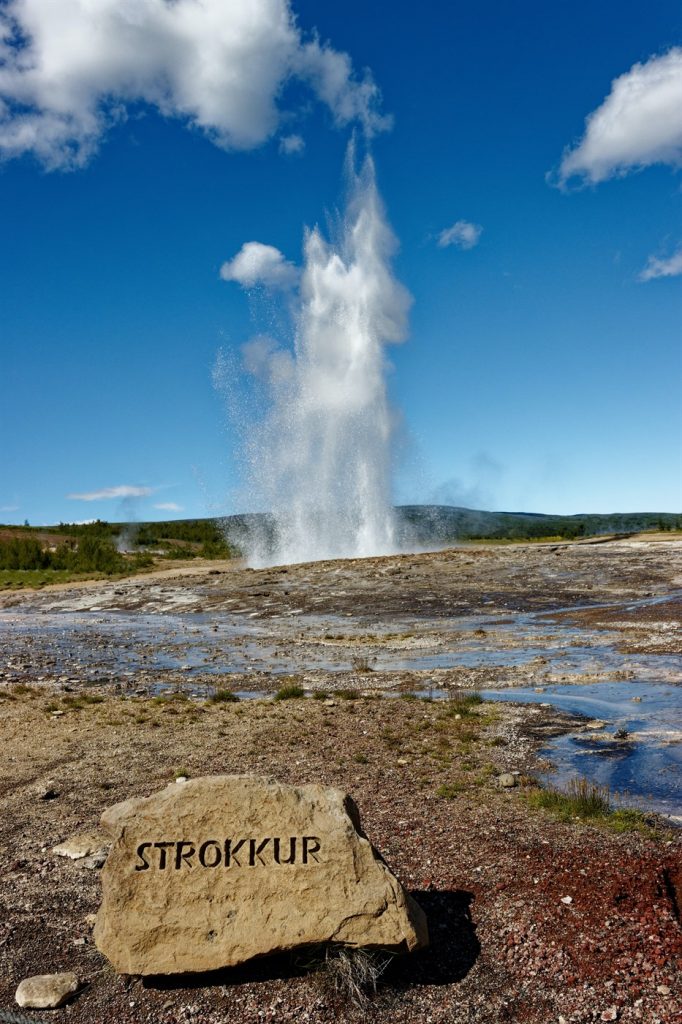
4. Gullfoss
Gullfoss, also known as the Golden Falls, gets its name from the golden hue that often shines in its glacial waters. This particular gorge was formed by flash flood waters that forced their way through the cracks in the basalt lava layers. The Hvíta river flows southward, about a kilometre above the falls it turns suddenly to the right and flows down into a wide curved three-step “staircase” and then plunges in two stages. The water in Hvítá river comes from the glacier Langjökull, before cascading 32 meters (105 feet) down Gullfoss two stages. This spectacular display of nature’s raw power is truly stunning. Through the seasons, this huge waterfall amazes whether it is snowy and icy or surrounded by green.
Want to discover Gullfoss and the Golden Circle with us? Check out our tours here and here!
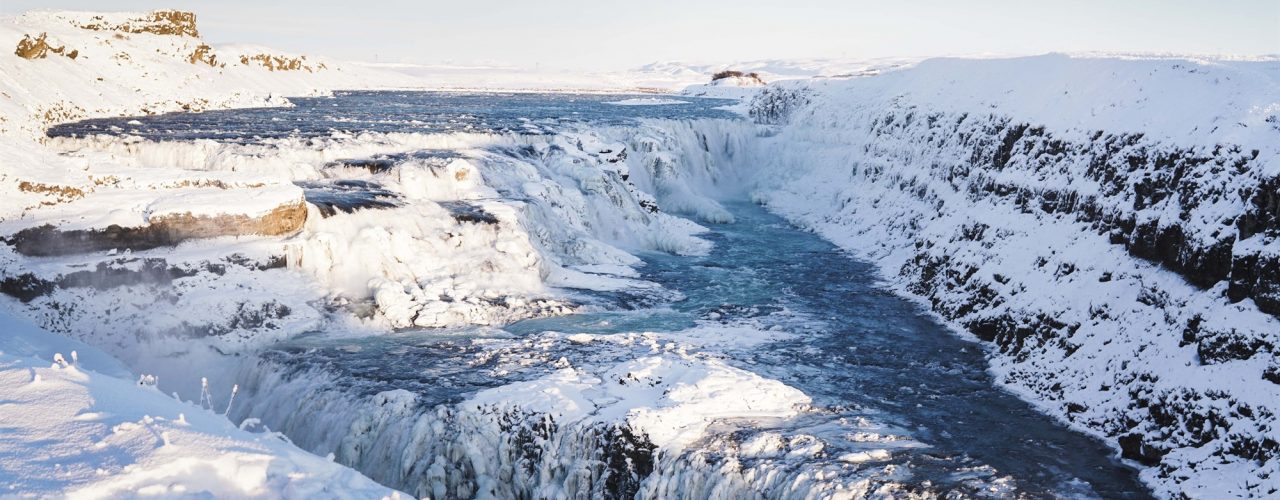
5. Glymur
If you love hiking, you should definitely go to Glymur. This waterfall is located in Hvakfjordur fjord in West Iceland, around 70 km from Reykjavík. You can only get to it by hiking. It is the second highest waterfall of Iceland at 198 meters (650 feet), so you can imagine that reaching the top can be quite challenging. Indeed, during winter, you have to cross a river to get there! From June to August, a log is in place for the first river crossing. The hike will also lead you into a cave and through rocky areas. You really get some adrenaline rush up there! However, once at the top and even on your way up, you will get to see epic sceneries and views. Two trails allow to reach Glymur: you can hike along the South Side or North Side. In order to have the best view on the waterfall, you should choose the South Side trail. The North Side trail is less challenging, you can carefully cross the river on the top of the waterfall to reach the South Side (depending on how big the river is on that day).
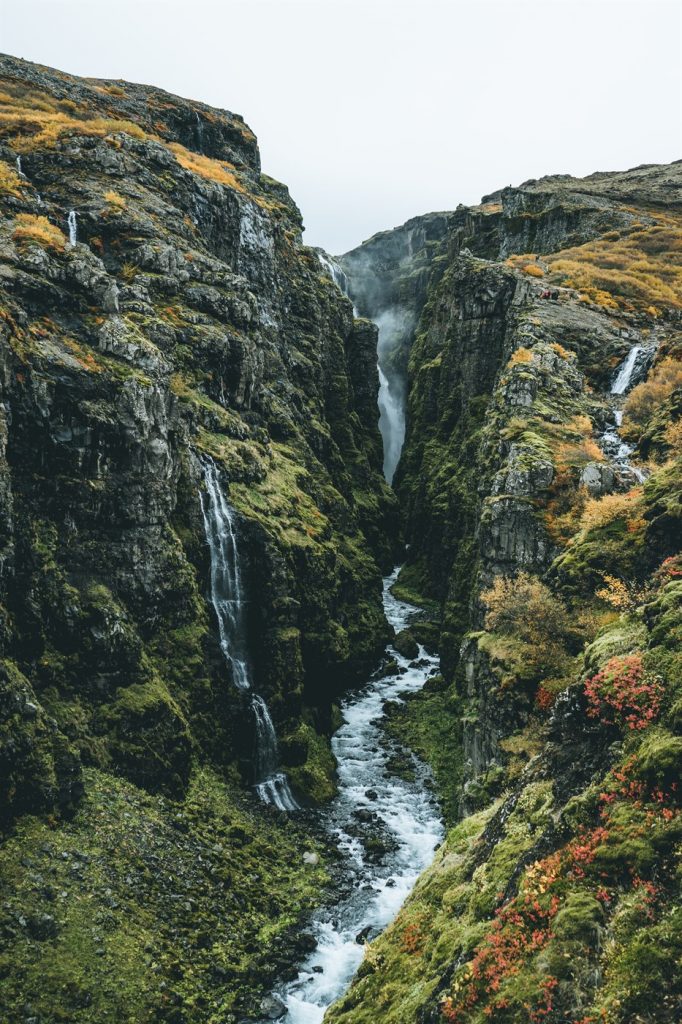
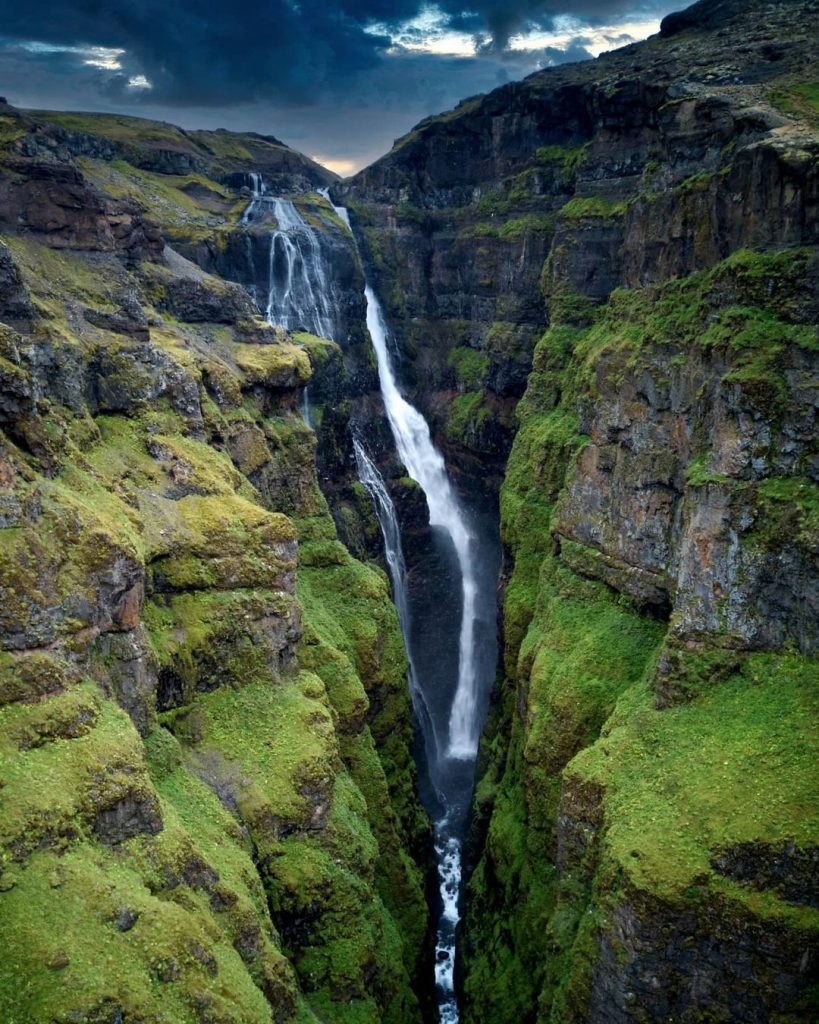
6. Reykjanes Peninsula & Fagradalsfjall volcano
The Mid-Atlantic ridge comes ashore on the Reykjanes peninsula. The area, with its diversity of volcanic and geothermal activity, is a Geopark and is the only place in the world where the Mid-Atlantic Ridge is visible above sea level. It is home to many important geological formations, some of which are utterly unique, including numerous types of volcanoes in at least four separate volcanic zones, with hundreds of open fissures and faults. That’s what led to the newest eruption of the Fagradalsfjall volcano: on the 19th of March, the dormant volcano made its first move in 800 years. This new attraction is definitely a once-in-a-lifetime experience so don’t wait to visit it while it is still active!
What you should not miss on the peninsula:
- The Bridge Between Continents at Sandvík, a small footbridge over a major fissure which provides clear evidence of the presence of a diverging plate margin. The bridge was built as a symbol for the connection between Europe and North America.
- Brimketill, a lava rock formation in the shape of a pool on the edge of the ocean.
- Gunnuhver, the mud pools and steam.
- Karlinn, a 50-60 meters (165-197 feet) high sea-cliff eroded volcanic plug.
- The very famous Blue Lagoon, to relax and discover this Icelandic jewel.
Want to discover this epic new volcano on a tour with us? Check out our tour! Here’s our tour of the Reykjanes Peninsula! You can also check out our articles to learn more about the volcano, here and here!

